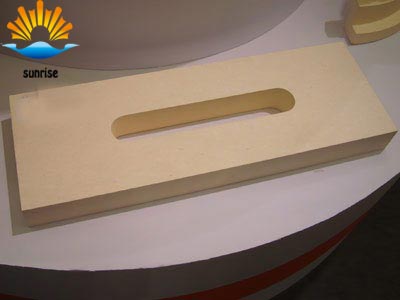Let you quickly understand the refractory bricks
2017-06-16
Refractory brick is called fire brick. Refractory materials made of refractory clay or other refractory materials. Pale yellow or brownish. Mainly used for smelting furnace, the resistance of 1,580 ℃ -1,770 ℃ high temperature. Also called fire brick. A refractory with a certain shape and size. According to the method and method can be divided into firing brick, not burning brick, fused brick (cast brick), fire insulation brick; according to the shape and size can be divided into standard brick, ordinary brick, Can be used as building kilns and a variety of thermal equipment, high temperature building materials and structural materials, and at high temperatures can withstand a variety of physical and chemical changes and mechanical effects. Such as refractory clay brick, high alumina brick, silica brick, magnesia brick and so on.
Own attribute
1, chemical composition: the main ingredients determine the quality and characteristics of the refractory
2, the bulk density: weight per unit volume, density, indicating good density, strength may be high, but the thermal conductivity may be large
Refractory bricks
Refractory bricks
3, was porosity: did not do specific requirements, but as a manufacturer must strictly control the hole was.
4, load softening temperature: also known as high temperature load began to deformation temperature, this parameter is very important, marking the material resistance to high temperature resistance
5, thermal shock resistance: the rapid changes in temperature without the ability to damage
6, compressive strength: to withstand (room temperature) the maximum pressure capacity
7, bending strength: the ability to withstand shear pressure
8, the linear rate of change: also called the re-burning line changes or called the residual line changes, that each time in the same temperature changes in the volume of expansion and contraction changes, if each expansion contraction, we define such a linear rate of change of 0
Physical and chemical properties
1, wear resistance:
2, thermal conductivity: unit temperature gradient conditions, through the material per unit area of the heat flow rate, with the porosity
3, impact resistance: do not explain it, impact resistance is good, long service life
4, slag resistance: at high temperatures to resist the role of slag erosion and not be destroyed

